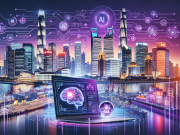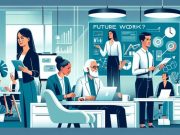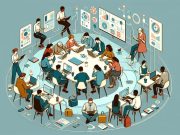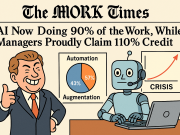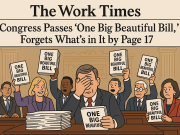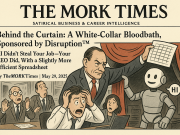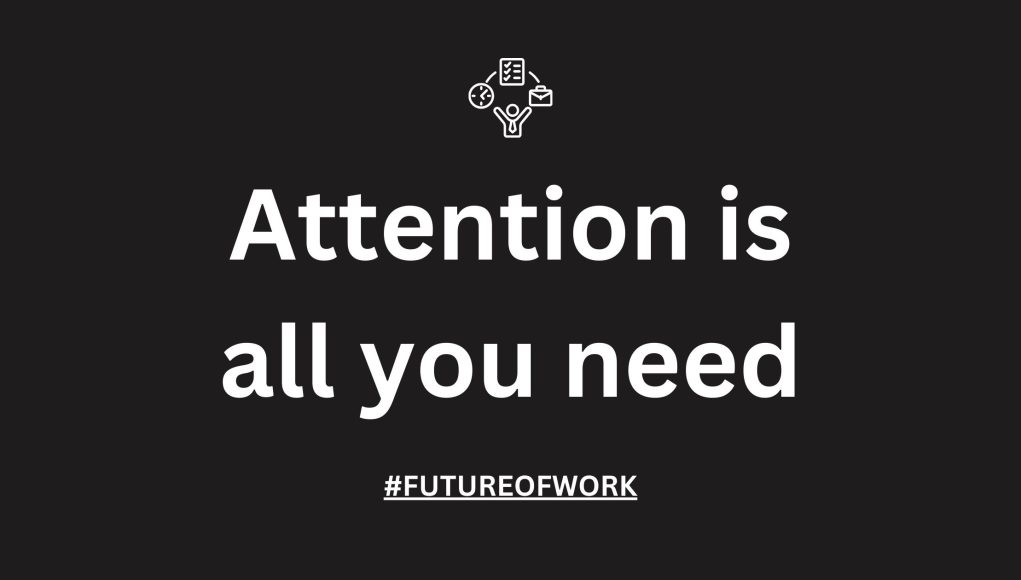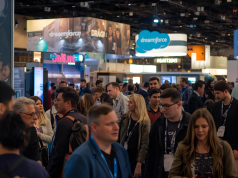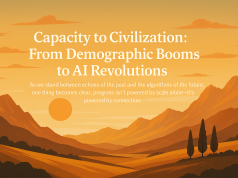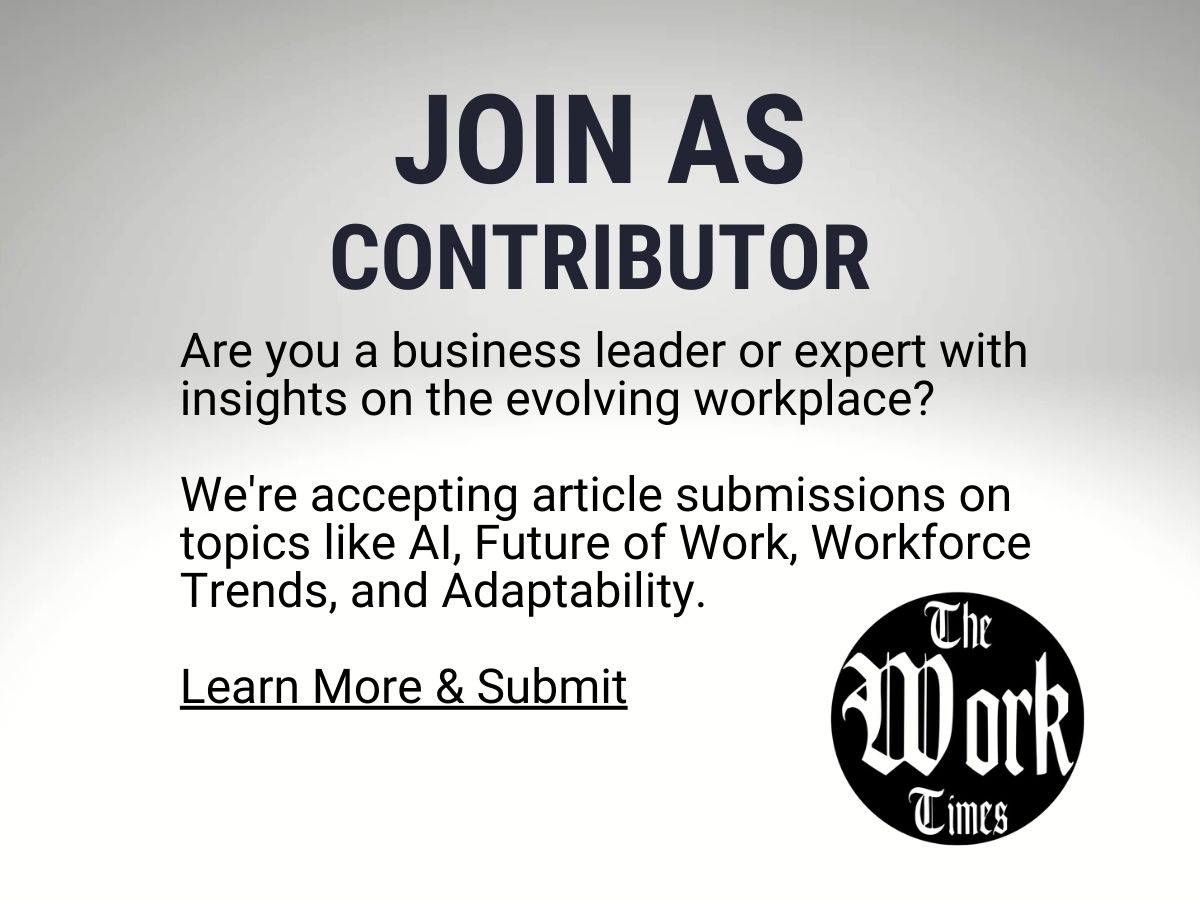Yesterday, while revisiting the groundbreaking 2017 paper Attention Is All You Need, I had a realization: many of its core findings about how machines learn are eerily similar to what the learning and development (L&D) world desperately needs. The way Transformers process information—efficiently, contextually, and with a focus on relevance—mirrors the way we should be thinking about career growth and skill development.
For years, we’ve been stuck in an outdated model of professional learning—rigid pathways, sequential progress, and one-size-fits-all training. But what if we took inspiration from how AI models like GPT and BERT learn? What if attention really is all we need when it comes to career development?
1. Self-Attention: Prioritizing the Right Skills at the Right Time
Transformers don’t just process data sequentially; they apply self-attention, weighing the importance of different words (or inputs) in a sentence based on context. Imagine if we applied this to career growth.
Too often, professionals follow a rigid skill-building path—learn A before B, take course X before Y. But real-world learning is non-linear. What if, instead of focusing on a prescribed sequence, we trained workers to apply self-attention to their careers—prioritizing skills that matter most right now based on their goals, market trends, and workplace demands?
For instance, a software engineer might not need to master every coding language, just the one that aligns with their next project. Likewise, a manager might not need a full MBA but could benefit from a crash course in emotional intelligence.
2. Parallelization: Learning More in Less Time
Before Transformers, models like RNNs processed words one at a time, making them slow and inefficient. Transformers changed the game by allowing parallel processing—handling multiple pieces of information simultaneously.
Career development could use a similar upgrade. Traditional education and corporate training often move at a sluggish pace—one course at a time, one certification at a time. But in today’s world, where industries evolve at lightning speed, we need parallelized learning.
This could mean:
- Blended learning approaches—combining hands-on projects with formal education.
- Microlearning—short, high-impact learning bursts instead of long training programs.
- Mentorship and peer learning—absorbing knowledge from multiple sources simultaneously.
A modern worker should be able to learn multiple complementary skills at once, just like a Transformer processes multiple relationships in a sentence at the same time.
3. Context Matters: The Power of Transfer Learning
One of the biggest breakthroughs in AI was transfer learning—the ability to take what was learned in one context and apply it elsewhere. GPT models, for example, don’t need to be retrained from scratch for every task; they adapt prior knowledge to new situations.
Now, think about career development. How many times do professionals start from scratch when switching industries, roles, or companies? We often undervalue transferable skills—communication, problem-solving, adaptability—because traditional learning models don’t emphasize them.
What if we restructured L&D programs to highlight and encourage career transfer learning? Instead of pigeonholing professionals into narrow specializations, we should equip them with adaptable knowledge that can be applied across industries.
4. Eliminating Recurrence: Moving Beyond the “One-and-Done” Mindset
Older AI models relied heavily on recurrence—repeatedly cycling through past inputs to make sense of new data. Transformers, however, ditched this inefficiency in favor of a more direct and intelligent way to capture dependencies.
Career growth should work the same way. Instead of repeatedly relearning outdated knowledge, professionals should focus on building dynamic learning habits—adapting in real time rather than relying on static, repetitive training.
We need to move beyond the “one-and-done” mindset—where people take a course, get certified, and assume they’re set for life. Instead, we should focus on continuous, just-in-time learning, where professionals are always updating their knowledge based on the latest industry trends.
So, Is Attention Really All We Need?
The more I think about it, the more I realize that Attention Is All You Need isn’t just about AI—it’s about how we, as humans, should approach learning.
- Pay attention to what matters—prioritize skills that align with goals and market demands.
- Learn in parallel—don’t wait for permission or a structured sequence.
- Use transfer learning—apply skills across different domains.
- Move beyond recurrence—stop relearning outdated knowledge and embrace real-time adaptation.
The L&D world has a lot to learn from AI. And perhaps, in the end, the best way to future-proof our careers isn’t through rigid plans or outdated training models—it’s through intelligent, context-driven attention.
Because, truly, attention is all we need.


